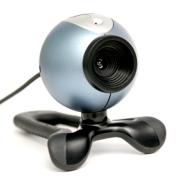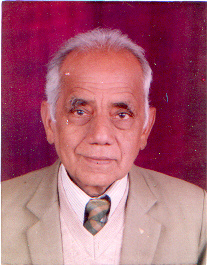Date: 2011-01-22 Time: 07:00 - 09:00 US/Pacific (1 decade 3 years ago)
America/Los Angeles: 2011-01-22 07:00 (DST)
America/New York: 2011-01-22 10:00 (DST)
America/Sao Paulo: 2011-01-22 11:00
Europe/London: 2011-01-22 14:00
Asia/Colombo: 2011-01-22 19:30
Australia/Sydney: 2011-01-23 01:00 (DST)
Where: Online Video Conference
This video conference used DimDim, now a private company.
The meeting can be replayed by clicking this link:
watch the meeting recording
Discussion
|
Composition of electron, proton and neutron
1 decade 3 years ago
[2011-01-22 15:41:07]
|
|
|
Composition of matter
1 decade 3 years ago
[2010-12-30 14:04:39]
Enrico Fermi had the answer to this, but was too busy on other endeavors to realize it. In the fission reaction of U235 into the products of Barium and Krypton, a portion of the mass is lost as light or particles called photons. The portion of mass lost is in direct correllation to the number of photons given off. This is the formula to predict the number of photons for the given mass: E = MC 2. This is not a theory, but was proven in tests at the Nevada Testing Grounds in the United States. Matter is made of light. Novel particles like Quarks, Mesons, etc. are groupings of photons. Almost any novel particle can be produced by shattering Hadrons (nuclei) in a collider. Where it really gets interesting is when you combine photons back into matter. Do this by flipping the formula to MC 2 = E. ...Alfred Schrader 2,010
|





Similarly, proton builds up by graviton B and a positive charge elementary particle, you may call it positrino.
Neutrons (free neutrons or even nuclear neutrons!!) are composite particles, they holds two stable particles, a proton and one electron. Yes, you are right, the neutron outer region is negative, because outer electron torus bigger than inner proton torus.
Quarks does not exists. Gluons also.
http://bioch.szote.u-szeged.hu/astrojan/light.htm">Photons consists of all 4 elementary particles, so matter is made of HALF light !!!